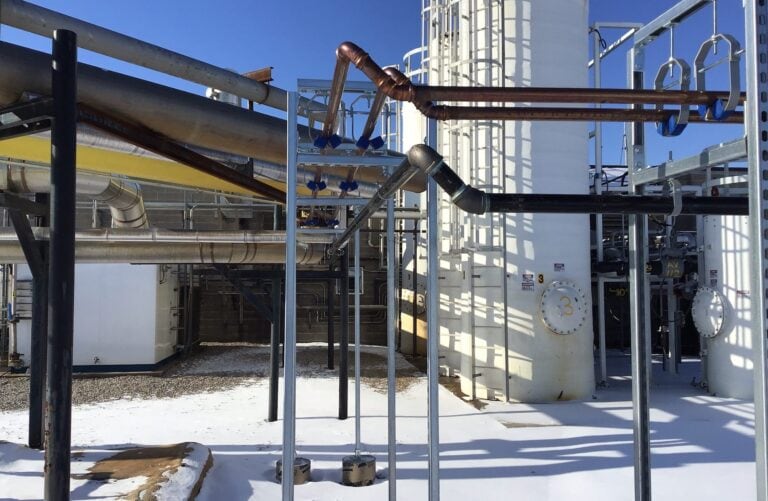
February 7, 2023
During the winter season (particularly in northern parts of North America), anything that’s outside should be heated and insulated. What you skip will ultimately end up freezing or not working as intended. When it’s a frozen garden hose, while inconvenient, the stakes are low. However, when you have an RNG digester that’s processing roughly 100,000…
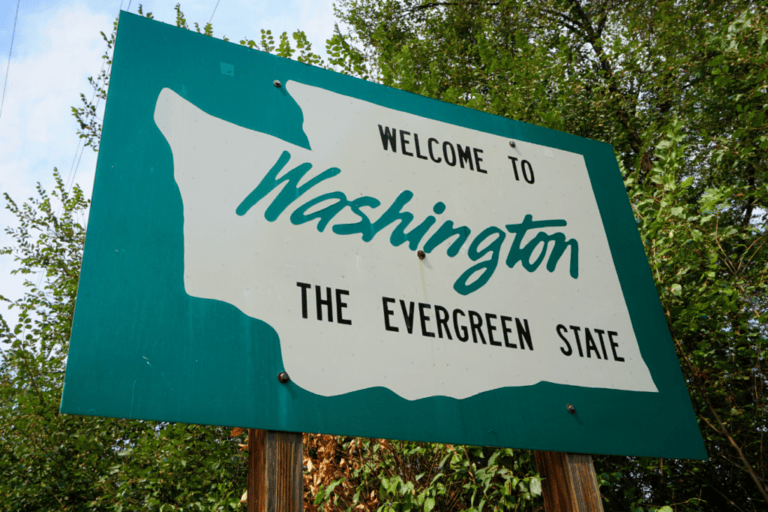
January 19, 2023
CFS PROGRAM OVERVIEW Washington State implemented its Clean Fuel Standard (CFS) on January 01, 2023—becoming the third state to launch a market-based transportation emissions program following California in 2011 and Oregon in 2016. The goal of Washington’s program is to gradually reduce the carbon intensity (CI) score of transportation fuels by 20% (based on 2017…

December 5, 2022
You’ve decided integrating alternative fuels within your fleet makes sense. Now, you’re sifting through the “where to fuel” dilemma, likely penciling out several options and configurations to see what makes the most financial sense. Well, look no further as this blog highlights cost-effective ways to approach fueling stations. Many large fleets enlist the help of…
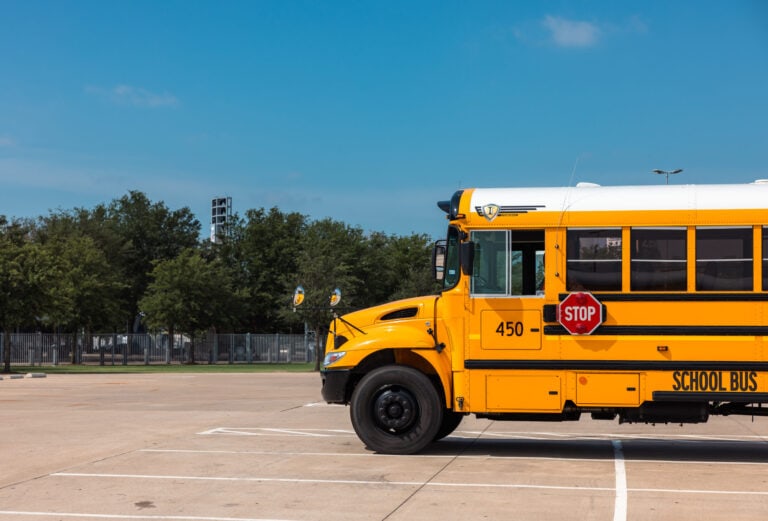
October 10, 2022
Across the United States, organizations are benefiting from low carbon fuel programs: the federal RFS, California’s LCFS, and Oregon’s CFP. Under each of these standards, state and local governments have incentivized the adoption of alternative fuels—meaning fleets and organizations alike can get paid for using clean fueling alternatives. While many fleets are currently benefiting from credit generation services, others…
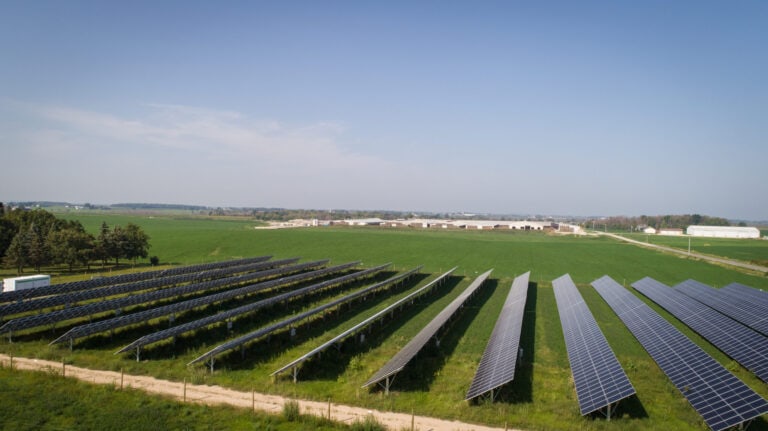
April 7, 2022
Energy and fuel producers are exploring new means to lower their project’s carbon intensity (CI) score—simultaneously reducing their environmental impact. How? In many cases, by using microgrids and combined heat and power (CHP) technology. But what exactly are these processes, and what benefits do they bring to renewable natural gas (RNG) development projects? First, let’s start with the basics….
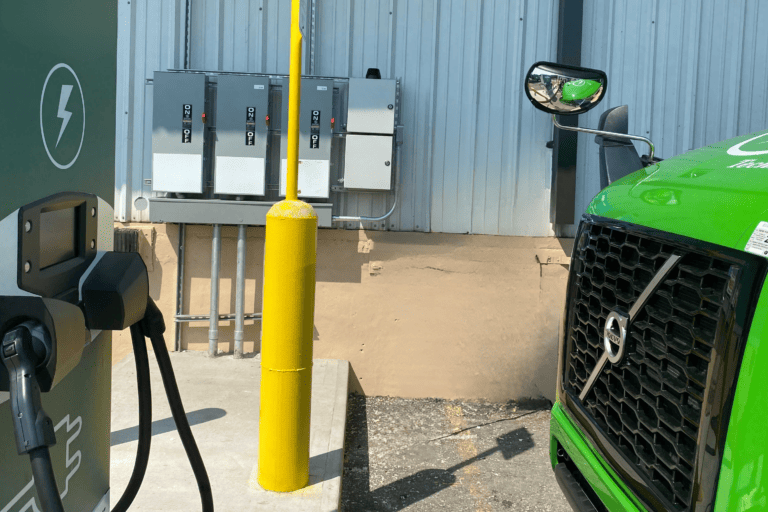
October 19, 2021
Demand charging. Automated load management. Systems integration. Adaptive charging. Remote management. With the electrification movement well underway, fleets are being introduced to a whole new glossary of terms and an ever-evolving list of key considerations for selecting vehicle technology, charging infrastructure, and route optimization tools. Relative to charging their fleets, organizations are tasked with optimizing fleet charging costs—designed…

August 10, 2021
California has been known for its thought leadership in facilitating transportation-related greenhouse gas (GHG) reductions, namely through its Low Carbon Fuel Standard (LCFS). However, recently one of the state’s jurisdictions has gone one step further: targeting key emission-producing sectors through their Warehouse Actions and Investments to Reduce Emissions (WAIRE) Program. WHAT IS THE WAIRE PROGRAM? Also known…

July 27, 2021
Fleets and organizations alike have become accustomed to hearing of California’s LCFS, Oregon’s CFP, and the United State’s federal RFS. However, fewer are aware of British Columbia’s LCFS (BC-LCFS). To find out how this standard compares to others and the impact it has on the adoption of alternative fuels within Canada, keep reading below. BC-LCFS: PROGRAM OVERVIEW Established…
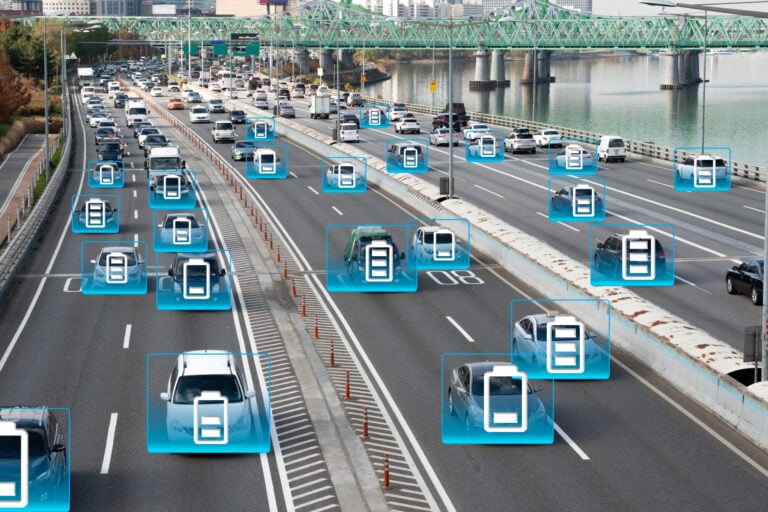
June 4, 2021
Electric vehicles are here for many commercial applications and emerging for others, but the question remains: are fleets ready? Vehicle manufacturers have been diligently working to expand fleet access to electric vans, trucks, and buses. As of January 2021, there were 44 electrified medium-duty models, 24 heavy-duty, and over 40 bus models on the market. However,…
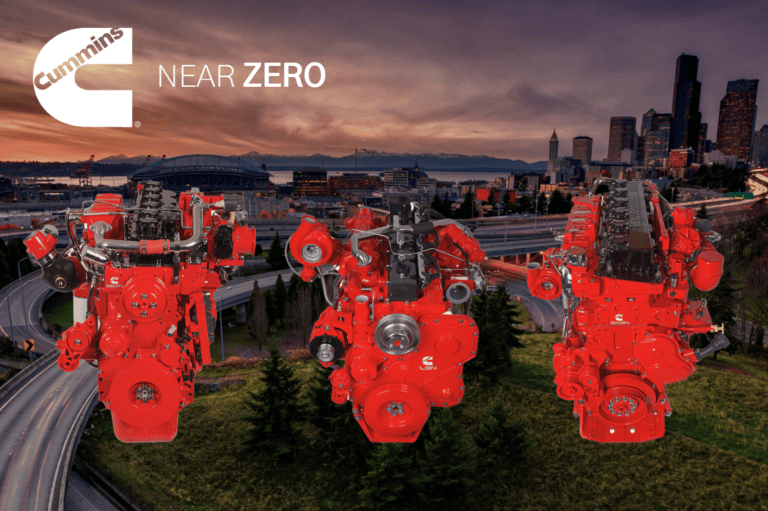
October 27, 2020
When natural gas engines were re-introduced to the market in the early 2000’s, adoption quickly followed. In some cases, a little too quickly. Seeking an alternative to the high diesel prices, many fleets were eager to take advantage of natural gas vehicle technology. However, in response, some trucks were ordered with the available 9-liter engine…










